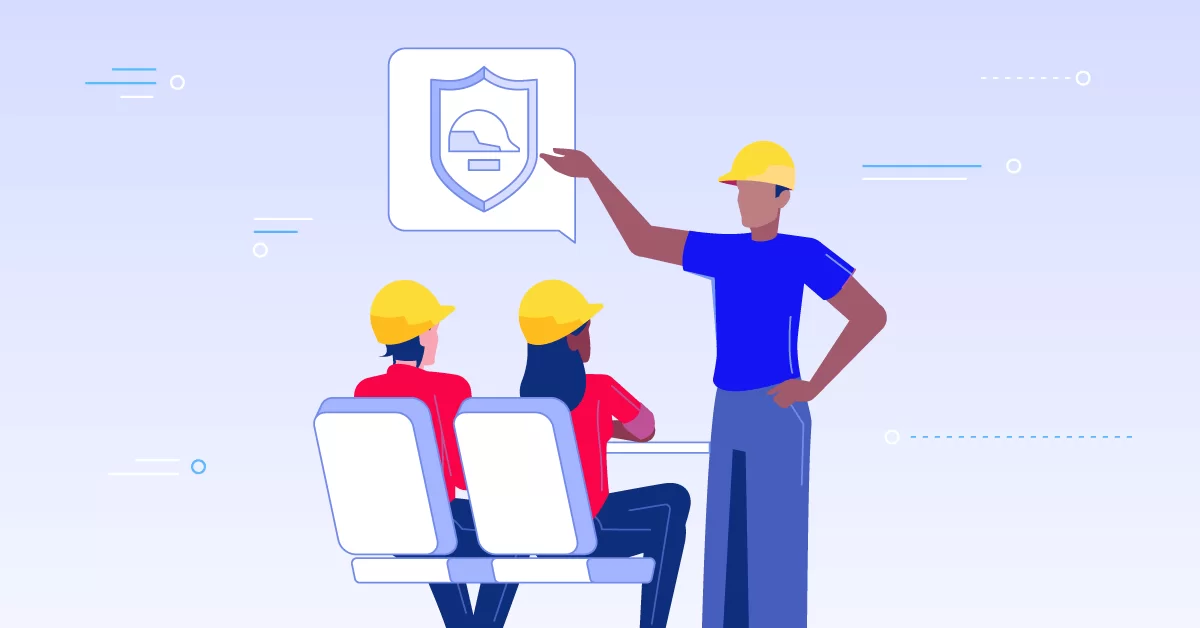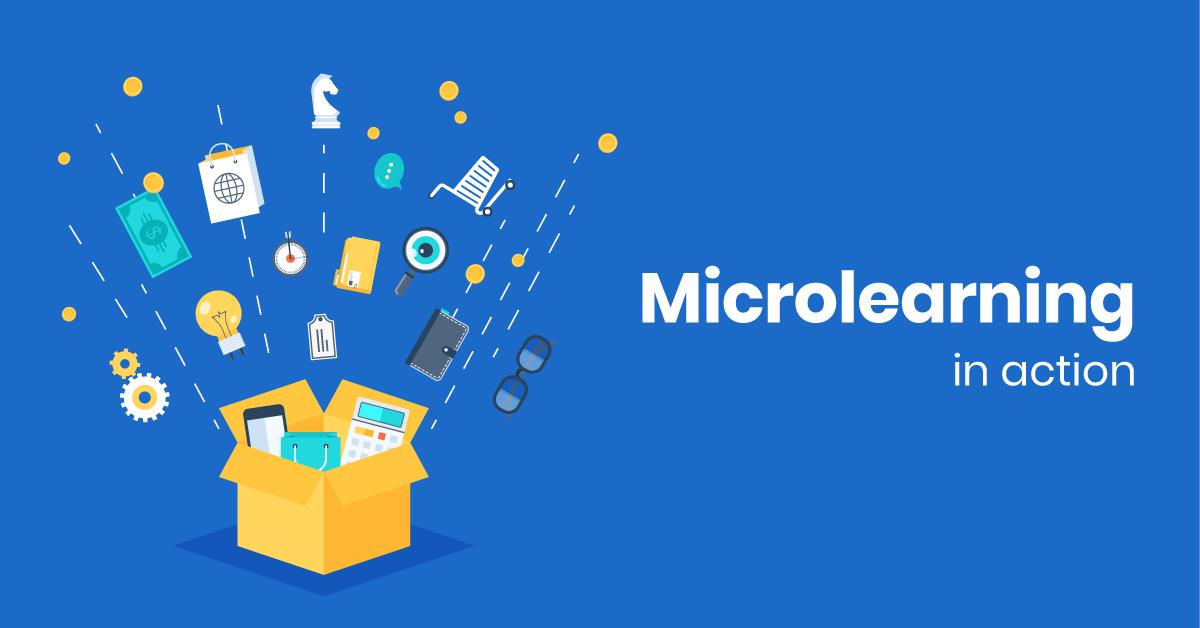An eLearning programmer has to learn how to create compelling audio for a global audience. Despite acquiring the best hardware and software for your eLearning course audio narration, we still need some helpful pointers to make our audio better.
Very few eLearning programs that do not have audio embedded can avoid being labelled as “boring”! A human voice is something that warms us and draws us closer to the content, especially in an online learning environment.
However, if the saying “too much of a good thing” holds water and can prove to be fatal sometimes, it certainly applies to audio! Record short audio narrations and make sure they are noise free. What else can you do to make your audio better?
Don’t read all the text on the screen
This holds true even if you are explicitly requested to do so. The greatest drawback is that this could overwhelm the learner with excessive information. Narrate the concepts when you have a lot of pictures and fewer text.
For example, if you have a lot to say, simply write a summary on the screen. Focus on explaining more. Alternatively, if the text is already simple, let the learners read it themselves.
Talk to the learner
The last sound we want to hear while learning is a robot! Talk in a conversational style that is warm, encouraging and makes you sound like an empathizing human. The right tone of voice will attract your learners and hold their interest longer. Try not to use difficult words in your audio script.
Another great idea is to say the phrases ‘that’s great’, ‘oops’, ‘sorry’, ‘wow’, etc. wherever necessary. Let your learner know that no one is perfect. We all make mistakes and we all learn something new everyday. Talking to your learner in a casual tone will help them bond with the course.
Narrate a picture
When you show diagrams and other complex images, make sure you narrate them in an explanatory tone. Make sure you leave nothing uncovered.
In fact, explaining the screen using audio is better than labeling the parts. Your learners want to hear the voice of the expert in complicated areas of the course. This will also make the diagrams and graphics more interesting.
Record in a quiet place
Often we think that the background noise will be cancelled easily by the audio editing software. Remember, each time the background noise is deleted, you lose a layer of your own recorded voice! Try to minimize the noise by recording in seclusion. You will definitely notice a difference.
Apart from these audio improvement tips, we also want to mention the need for recording a complete introduction about yourself. Talk about your qualifications, your work experiences and your current research, if any.
Another good idea for voice recording is to to tell a short story that is related to the course. This story can be based on your personal experience and can demonstrate the importance of your course. Lastly, create a rough script about what you will say and practice recording and listening to yourself before the final take.
Creating audio can be tricky, but with these helpful tips, you can make you future recordings more effective for your eLearning programs. Do share with us your audio recording experiences.


